Understand
Ayutthaya, founded around 1350, played a significant role as the second capital of Siam after Sukhothai. Situated in an ideal location between China, India, and the Malay Archipelago, Ayutthaya became the trading capital of Asia and even the world. By 1700, it had transformed into the largest city in the world, bustling with over 1 million inhabitants. Traders from all corners of the globe, including the Arab world, China, India, Japan, Portugal, the Netherlands, and France, set sail for Ayutthaya. They marveled at its grandeur, showcasing gold-laden palaces, magnificent ceremonies, and a vibrant array of trading vessels. However, this golden era abruptly ended in 1767 when the Burmese invaded Ayutthaya, leaving the city almost completely destroyed by fire. Today, only a few remnants offer a glimpse into the once magnificent Ayutthaya. Most of the remaining structures are temples and palaces, crafted from durable stone, as it was the primary construction material in that era. Recognizing the immense cultural value of Ayutthaya's ruins, the Historic City was officially declared a UNESCO World Heritage Site in 1991. Thanks to its proximity to Bangkok, Ayutthaya has become a popular day-trip destination for travelers seeking to immerse themselves in this historical gem!
Map & Climate
Popular Foods
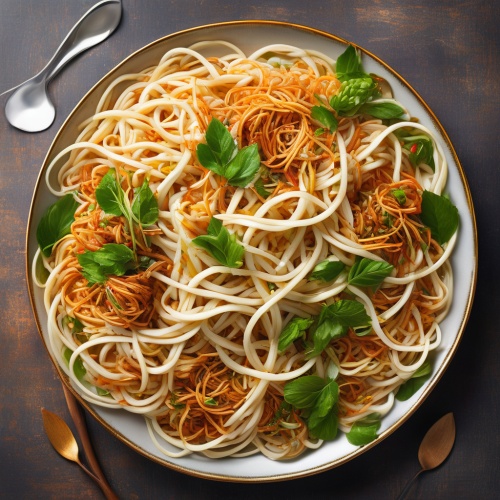 Pad Thai: Pad Thai is a signature Thai dish consisting of stir-fried rice noodles with a uniquely balanced blend of sweet, sour, salty, and tangy flavors. It typically includes shrimp or chicken (though can be prepared with tofu for a vegetarian version), scrambled eggs, bean sprouts, and is garnished with crushed peanuts, lime wedges, and fresh herbs like cilantro and green onions. The dish is served with a side of som tam (green papaya salad) and mango sticky rice for a complete meal.
Pad Thai: Pad Thai is a signature Thai dish consisting of stir-fried rice noodles with a uniquely balanced blend of sweet, sour, salty, and tangy flavors. It typically includes shrimp or chicken (though can be prepared with tofu for a vegetarian version), scrambled eggs, bean sprouts, and is garnished with crushed peanuts, lime wedges, and fresh herbs like cilantro and green onions. The dish is served with a side of som tam (green papaya salad) and mango sticky rice for a complete meal. 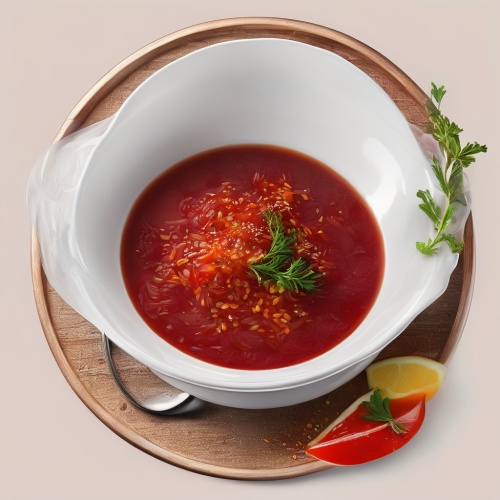 Tom Yum Goong: This spicy and aromatic soup is a beloved Thai classic that features a fragrant broth made from stock, kaffir lime leaves, lemongrass, galangal, lime juice, fish sauce, and chili paste. It's packed with succulent prawns, mushrooms, tomatoes, and other vegetables, with optional additions like snakehead fish or even chicken. The dish is often garnished with fresh cilantro and a sprinkling of pepper.
Tom Yum Goong: This spicy and aromatic soup is a beloved Thai classic that features a fragrant broth made from stock, kaffir lime leaves, lemongrass, galangal, lime juice, fish sauce, and chili paste. It's packed with succulent prawns, mushrooms, tomatoes, and other vegetables, with optional additions like snakehead fish or even chicken. The dish is often garnished with fresh cilantro and a sprinkling of pepper. 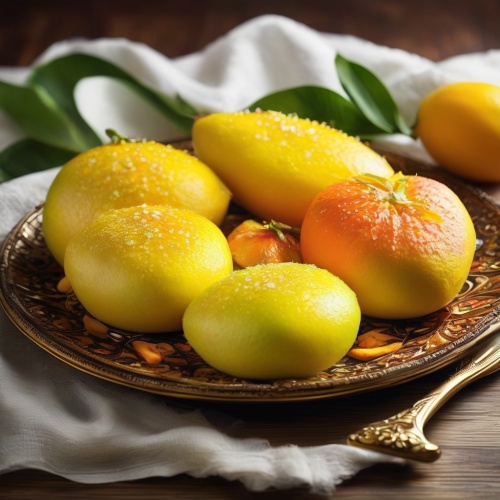 Mango Sticky Rice: This iconic Thai dessert is a delightful combination of sweet, creamy mango and glutinous rice. The sticky rice is cooked in coconut milk and sugar until it achieves a chewy texture, then served alongside ripe, juicy mango slices. The dish is sometimes garnished with toasted coconut flakes or sesame seeds for added crunch and flavor. It's typically enjoyed during the mango season (May to September) as a sumptuous, refreshing treat.
Mango Sticky Rice: This iconic Thai dessert is a delightful combination of sweet, creamy mango and glutinous rice. The sticky rice is cooked in coconut milk and sugar until it achieves a chewy texture, then served alongside ripe, juicy mango slices. The dish is sometimes garnished with toasted coconut flakes or sesame seeds for added crunch and flavor. It's typically enjoyed during the mango season (May to September) as a sumptuous, refreshing treat. 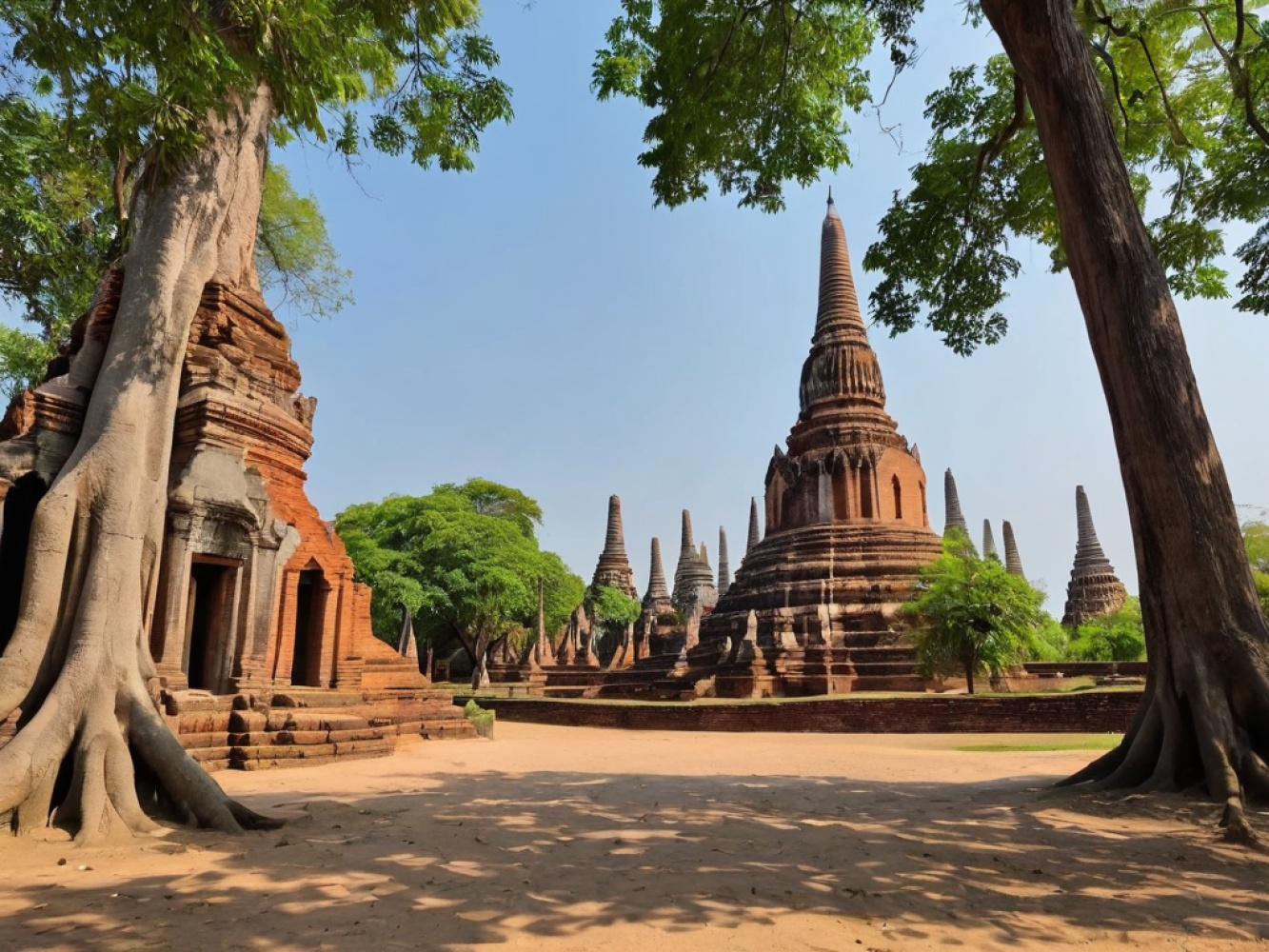

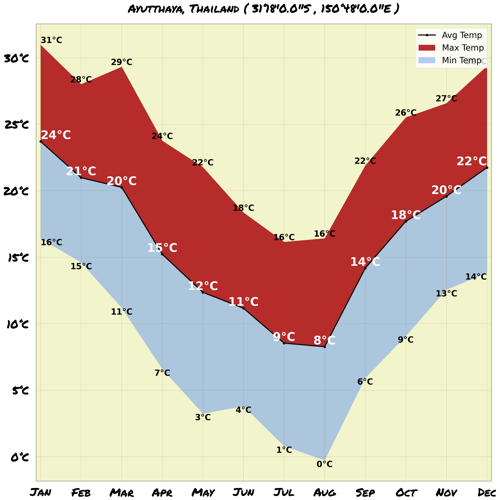
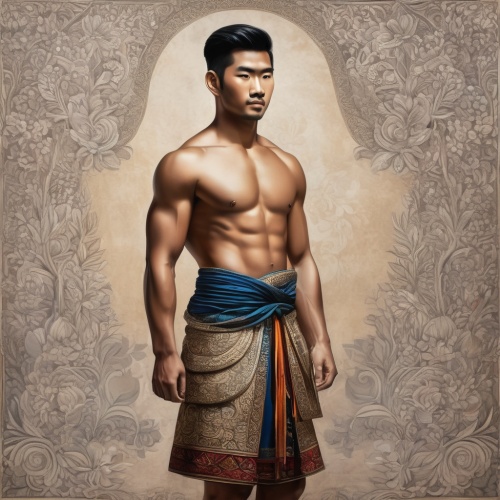
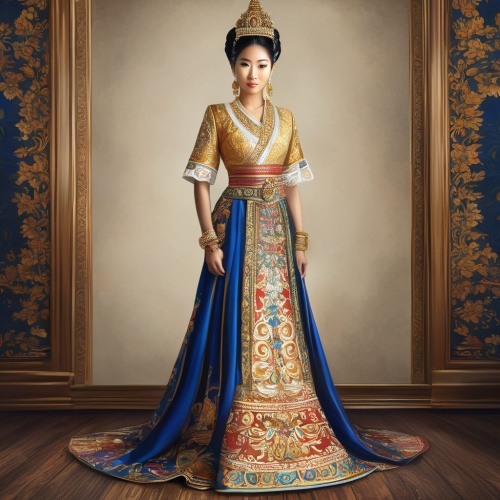
Comments
NO COMMENTS